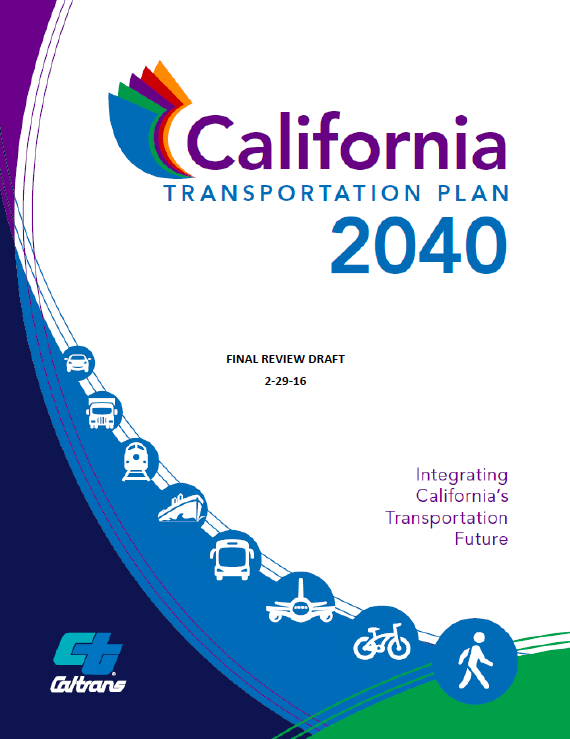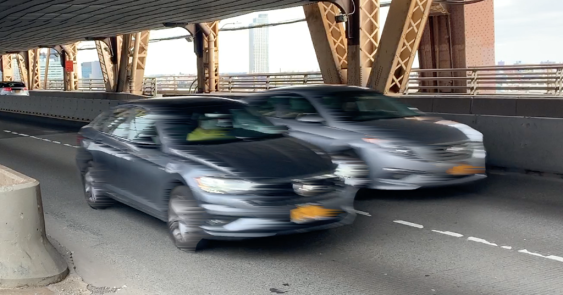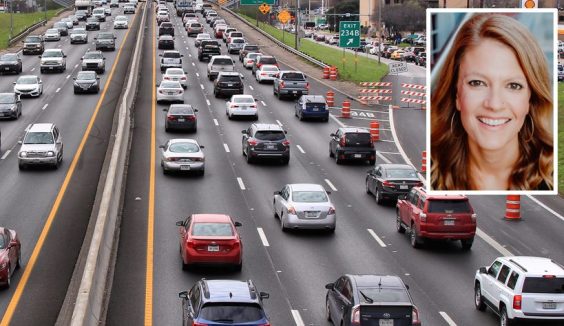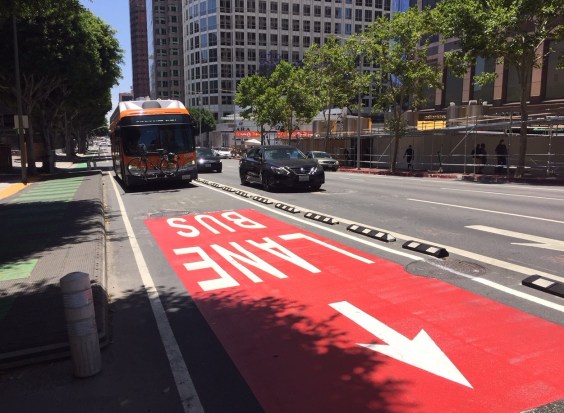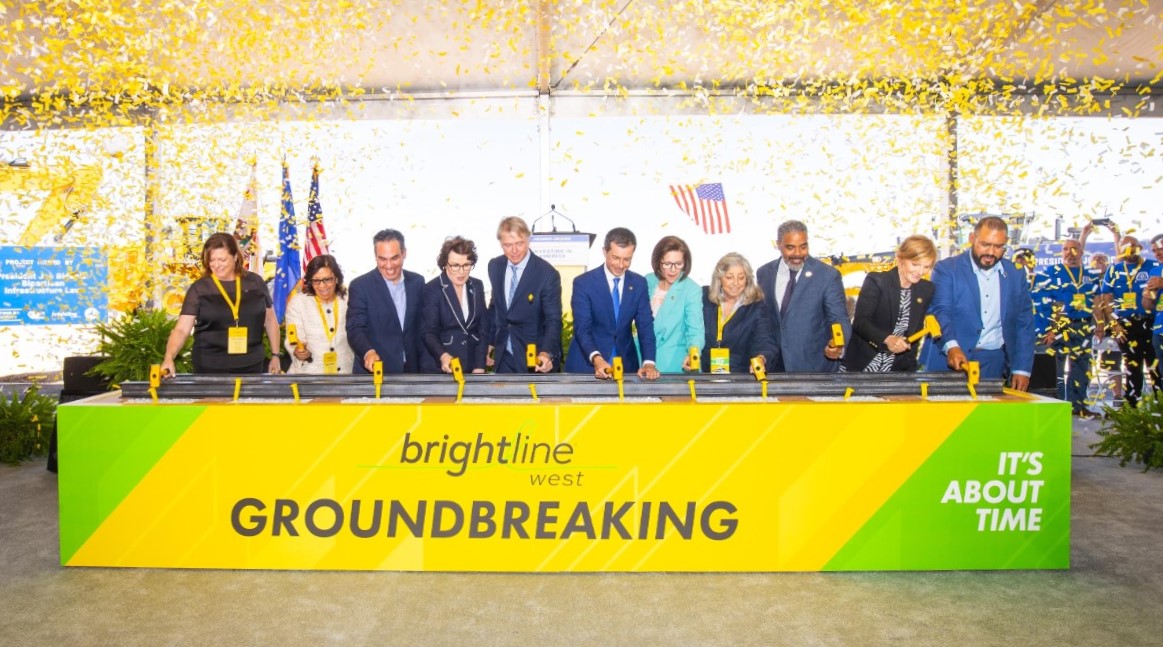The California Transportation Plan 2040 is nearing its final draft. Caltrans will accept public comments on it through Tuesday, March 29.
The plan represents the first attempt to combine and reconcile a range of existing policies, rules, and regulations that address issues like climate change and equity in transportation planning. Its recommendations are advisory, not mandatory, but it provides agencies and local governments a guide for how to meet state requirements under existing policies.
Last year Streetsblog covered an earlier version of the draft plan, and found some things to like about it, including its acknowledgement that continuing to expand highways will not solve our transportation or climate change problems.
Streetsblog hasn't had time to look over the entire draft yet, but a quick perusal reveals that some of the strong language of the previous draft seems to have been softened. For example, an explicit short-term goal to “avoid funding projects that add road capacity and increased maintenance costs” is missing from the new draft.
The plan does, however, continue to recommend focusing on “fix it first” approaches that emphasize maintenance over expansion of highway capacity. It acknowledges the importance of bicycling, walking, and transit as low emission ways to get around. It recommends growing the Active Transportation Program, and even recognizes that “efficient and affordable transportation” can be an important economic stimulus.
However, among its recommendations for addressing greenhouse gas emissions and climate change, the plan fails to explicitly acknowledge the role that bikes, walking, and transit can play in the transformation to a “clean and energy efficient transportation system.”
The CTP 2040 is required under state law to analyze how California can meet its greenhouse gas emission targets. Even in this slightly softened draft, it paints a dire picture of California's ability to meet those goals—which, according to a recent U.N. report, is more urgent than ever. To reduce the 36 percent of the state's greenhouse gas emissions that come from the transportation sector, the state will have to aggressively pursue every policy it has at its disposal and then some. Shifting people out of cars is only part of it.
The plan's analysis shows that the only way to reach climate change goals is to: assume that future transportation and land use changes will follow regional Sustainable Community Strategy plans, which is already a questionable conclusion given resistance on the part of many local jurisdictions; dramatically reduce driving using a range of “transportation efficiency strategies” including a lot more people using transit, carpooling, biking, walking, and telecommuting; AND a much more aggressive push to adopt clean vehicle and clean fuel technologies—in the face of pushback the state has gotten from to-date attempts in that direction.
In other words, it's a long shot. And California, as far ahead of other states as it is, needs to be a lot more aggressive. Now.
Which, to this bicycle commuter at least, means taking bicycling seriously as a transportation option and making whatever changes are necessary to make it work for many people.
What do you think? Is this a good plan? Comments on the CTP 2040 can be made here until March 29. Comment below too.
For updates on California transportation policy, follow Streetsblog California on Twitter @StreetsblogCal.
